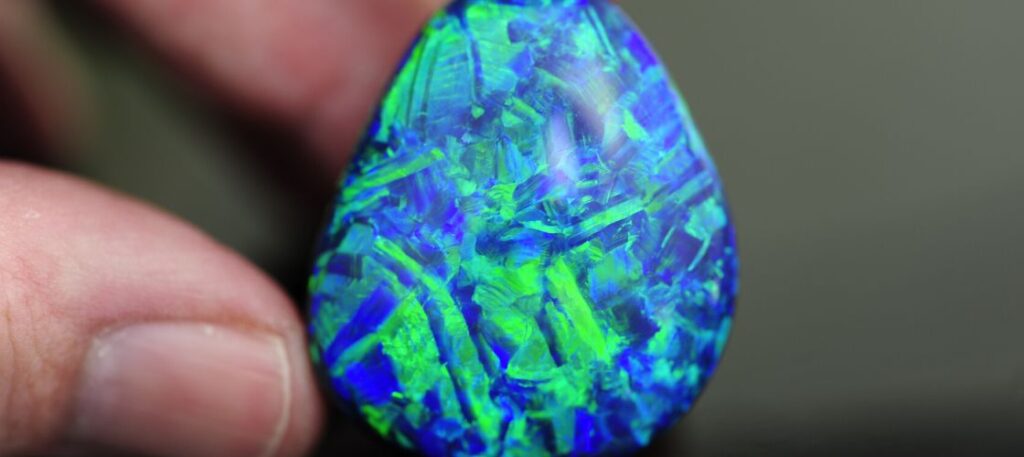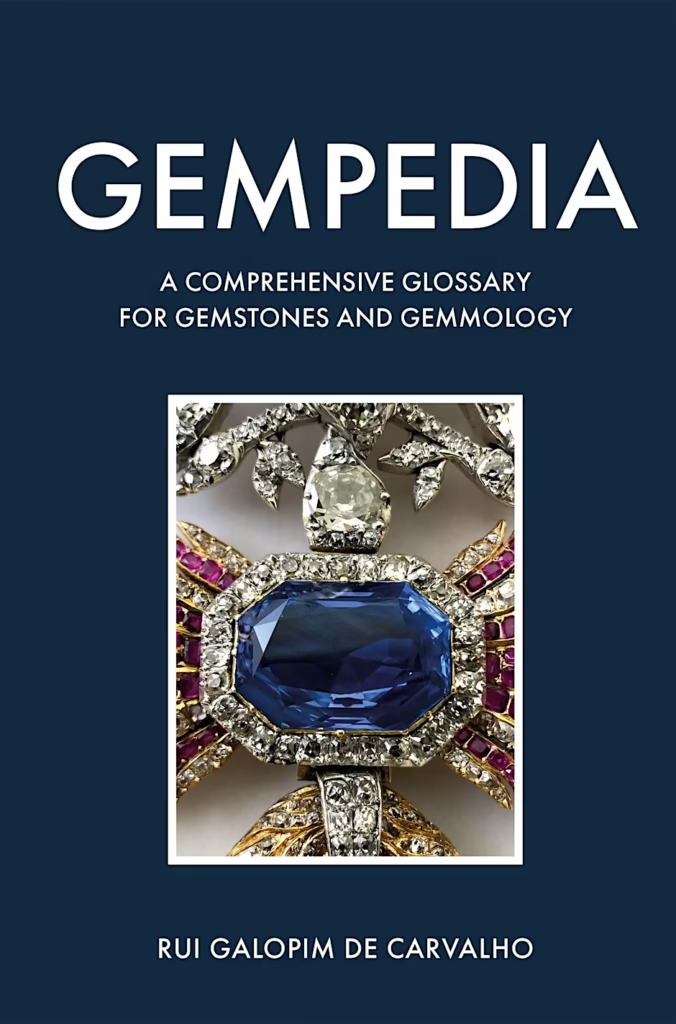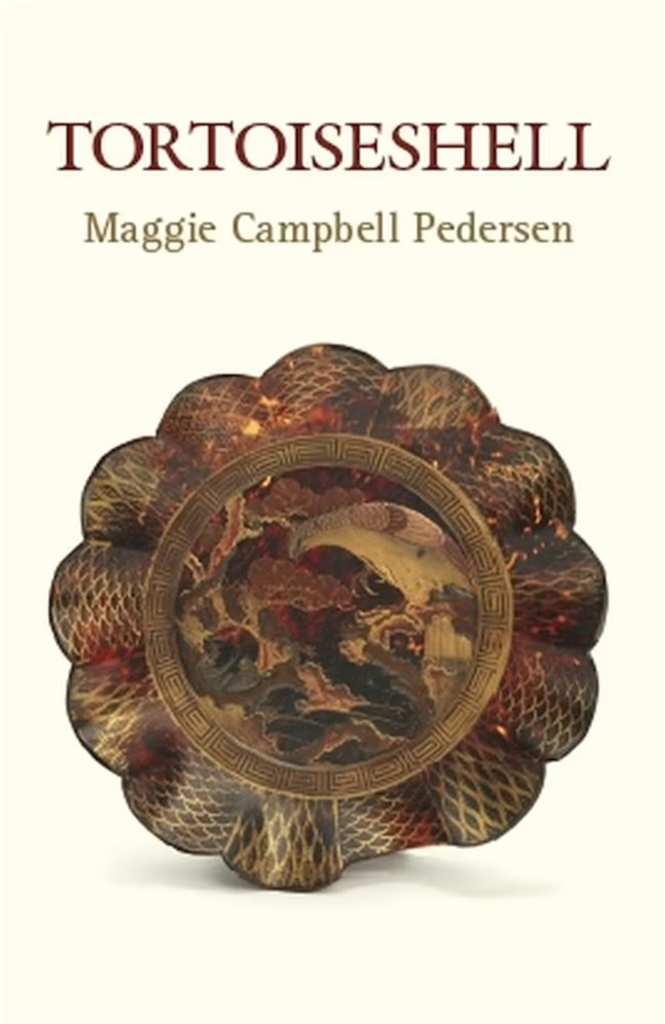
Did you know the colours and patterns in an individual opal gemstone can drastically alter its value and desirability? Here, Gem-A Gemmology and Diamond Tutor, Charles Bexfield FGA DGA EG offers an overview of the play of colour and patterns to look out for in the finest opal gemstones.
Opal is an amorphous hydro-silicate SiO2·H2O found all over the world. There are many factors that affect the value of opal; the type, colour, brightness, transparency, shape and the ‘colour bar’, which are explained in this beginner’s guide. However, this article is going to concentrate primarily on the patterns seen in the play of colour as well as the colours themselves.
Types of Opals
The type of stone (for example, black opal, boulder opal, light opal, matrix opal or fire opal) has the largest influence on price. Opals which are treated, or composites, are significantly cheaper. We won’t be focusing on these and will presume all opals we’re discussing are precious (in other words, they show a play of colour), are not composites and are untreated.
You can read more about opal types in this simple beginner’s guide.
Opal Body Colour
The body colour of an opal is very important to its value. Opals with black body colour are more valuable than any other hue, for example blue, white, orange or colourless. A factor to consider within the main body colour is the tone. When all other factors are equal, the deeper the tone the better; for example, black opals with a lighter tone would in fact be grey and are thought to be less desirable.

An unusual opal with play of colour in a star pattern. Image courtesy of Cody Opal.
Opal Brightness
Brilliance or brightness is the quality of light returned to the eye from the gemstone. In the case of opal this is not specifically from the surface but also the brightness from the play of colour within the stone. In my opinion, this is the second most important factor on value after the type, and should not be overlooked, even though it often is.
Learn more: Opal Birthstone for those Born in October
A dull play of colour will not command such high value, even if the colours or patterns within are rarer than another stone which is brighter but has colours or patterns that are more common.
Opal Transparency
Transparency is more important in lighter toned and white coloured opals. If these hues or tones have a degree of transparency, the value increases because the play of colour can be seen further into the stone. Also, completely transparent colourless to near-colourless opal (also known as water opal) usually achieves a premium, but it should not be confused with hydrophane which is a different material and will not fetch the same prices.
Opal Shape
The shape or overall outline of the opal may also have an effect on value: some shapes are more desirable than others. Popular shapes include oval, pear and round. Opals are also commonly polished into other shapes or free-forms, sometimes referred to as baroque. The reason for this could be to retain yield or to display the more dominant play of colour seen when the stone is in the face-up position. It could also be to create a thicker ‘colour bar’.
What is an Opal ‘Colour Bar’?
The colour bar is the area in the opal that ‘holds’ the play of colour, especially in boulder opal. Opal with a thin colour bar can still reach prices in the thousands or even tens of thousands of pounds. However, they will have a very flat side profile view and no particular dome to their appearance, meaning they can be more challenging to set, and they are perceived to be less desirable.
The face-up view could be exactly the same as an opal with a high colour bar, but the advantage of the higher bar is that the cutter can polish a domed surface, making the stone much more appealing and fashionable. This also allows play of colour to be observed from the side of the stone.
The factors above are very important in valuing opal and should all be taken into consideration when coming to your conclusion.
Opal Play of Colour: What to Look Out For
In my opinion, the factors considered the most important when valuing opal in the commercial gem trade are the dominant colours seen with regard to play of colour and how extensive the play of colour is across the stone. This includes the variety of patterns that may sometimes be seen within the play of colour. However, I believe, as I have stated, that some of the factors above should be taken into greater consideration, and I will explain why as we discuss the last factors.
What is Opal Play of Colour?
Firstly, let’s understand why we see play of colour in opal. As specified at the beginning, opal is an amorphous hydro-silicate. This means opal has no repeating crystal lattice and therefore no crystal symmetry and is composed of silicon and oxygen with a percentage of water within its structure. Sometimes in opal the silica spheres aggregate together in an orderly fashion, arranging themselves into a symmetrical repeating pattern within the amorphous structure. The spheres will range in size and abundance. The aggregation of these orientated silica spheres is the reason we see play of colour in opal.
Play of colour occurs because the light entering the opal will pass through the gaps between the silica spheres. When the light passes through it is forced to bend to fit through the gap; this bending effect splits the light into the colours of the spectrum.

An unusual and highly sought-after black opal with green play of colour in a Chinese writing pattern. Image courtesy of Cody Opal.
The colour seen is dependent on the size of the gap between the spheres, which directly correlates to the size of the spheres themselves, which are only a few hundred nanometres in size.
The smaller gaps produce the blues and greens, the larger gaps produce the yellows, oranges and reds because the entire visible spectrum is ‘bent’ through the gap rather than only the shorter wavelengths. Sometimes the gaps are so small only violet light can pass. Interference is also a factor considered when referring to opal’s play of colour, which in essence either promotes or demotes some colours as the wavelengths come back together upon leaving the stone. We don’t need to understand the technicalities of this for valuing opal.
Rare Opal Colours
Larger gaps are uncommon, therefore reds and oranges as the dominant colours are rarer than blues and violets; so, all other factors being equal, they are more valuable. In particular with black opal or dark-toned boulder opal the reds and oranges have an even better contrast.
Consequently, red as the dominant colour on a deep-toned black opal will be the most valuable. We say dominant colour because it is quite usual to see other colours within the stone too, especially when the reds and oranges are present. These are then normally named ‘multi-coloured’, preceded by the dominant colour. To just see red or orange without the yellows, greens and blues is very rare.
As I stated above, other factors need to be taken into greater consideration by the trade and brilliance or brightness is definitely one of them. It is such an important factor. Sometimes it is taken into consideration without realising, but one should be consciously putting it to the forefront of one’s mind. Taking this into consideration, with brightness and colour as the variable factors and everything else being equal, a brightly coloured green/blue opal should command a higher price than a dull orange/red opal.
Opal Colour Distribution
Patterns and how play of colour is distributed across opal are the final factors to discuss. In order to assess these value factors, one should ask, is the play of colour spread across the entire stone or localised to one place?
In fine quality opal not displaying patterns, you would hope to see the play of colour evenly spread across the surface, albeit at different intervals. Commercial opal may only have patches showing play of colour. If so, the position of this play of colour becomes a sub-factor. In context, again presuming all other factors are equal, a green/blue opal showing play of colour evenly throughout is likely to have a higher value than an opal with a flash of red, orange or yellow to the side of the stone, unless the flash is one of the interesting patterns (‘Chinese writing pattern’, which does not cover the entire stone, is very sought after).
Value will also drop if the best view of the play of colour is from the side. Patterns within the play of colour are rare, but if you will, all play of colour creates patterns: it is just that some are more recognisable and therefore considered more desirable. You need to look closely at the distribution of colour to ensure that you don’t miss these.
Rare and Common Opal Colour Patterns
Patterns have a huge impact on value and once again, presuming all other factors are equal and the opal has good brightness, a patterned opal would be more valuable than one without any patterns at all.
Small-type Opal Patterns
Small-type patterns, for example pin-fire, are less desirable than broad sweeping patterns or large flashes. The larger, more sought-after patterns include straw pattern, Chinese writing pattern, ribbon pattern, harlequin and rolling flashes, because they’re more distinct.
An example of a black opal with a rare harlequin colour pattern. Image courtesy of Cody Opal.
What are the rarest opal patterns?
Starbursts or sunbursts are among the rarest. Other patterns include peacock tail, block, flagstone, jigsaw, stripes, broad flash and fan, to name just a few.
Unique Opals
Before concluding, some opals have patterns which are one-offs and therefore they’re named accordingly by the owner or retailer, respectively. For example, there is a black Australian opal showing broad flashes which resemble the Sydney Opera House and is therefore named ‘Opera House’ by the retailer, which in this instance was Cody Opal of Australia.
The Art of Opal Valuation
Valuing opal can be an art more than a science. One person’s perception of beauty will differ from another’s, and as all opals are distinctly different in their patterns and colouration, I feel that we can say that opals are truly unique.
Subsequently they should all be valued accordingly, taking all factors into consideration appropriately with knowledge and experience. It will also be worth bearing in mind that value follows demand, which is based on fashion and taste – especially where patterns are concerned. These fashions and tastes also vary between continents.
Please also note that the factors discussed above are not the only ones affecting value: other influences, not covered in this article, may affect the prices of opal, for example place of origin and historical provenance. Price guides and master sets of stones are helpful aids to valuing, as are comparable examples.
Expand your gemstone knowledge with the Gem-A Gemmology Foundation course, which leads into our world-recognised Gem-A Gemmology Diploma. Study online or in-person. Find out more here.
Read more buying guides and beginner’s articles on the Gem-A Gem Hub.
Main image: A black opal with play of colour in a straw pattern. Image courtesy of Cody Opal.



